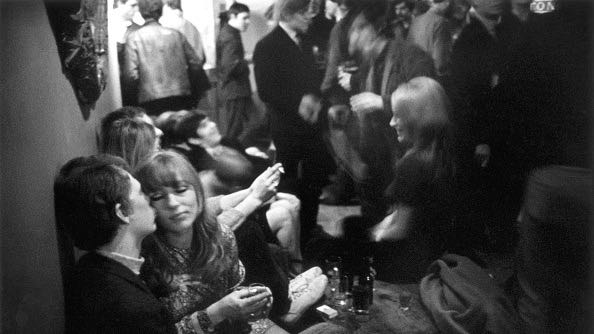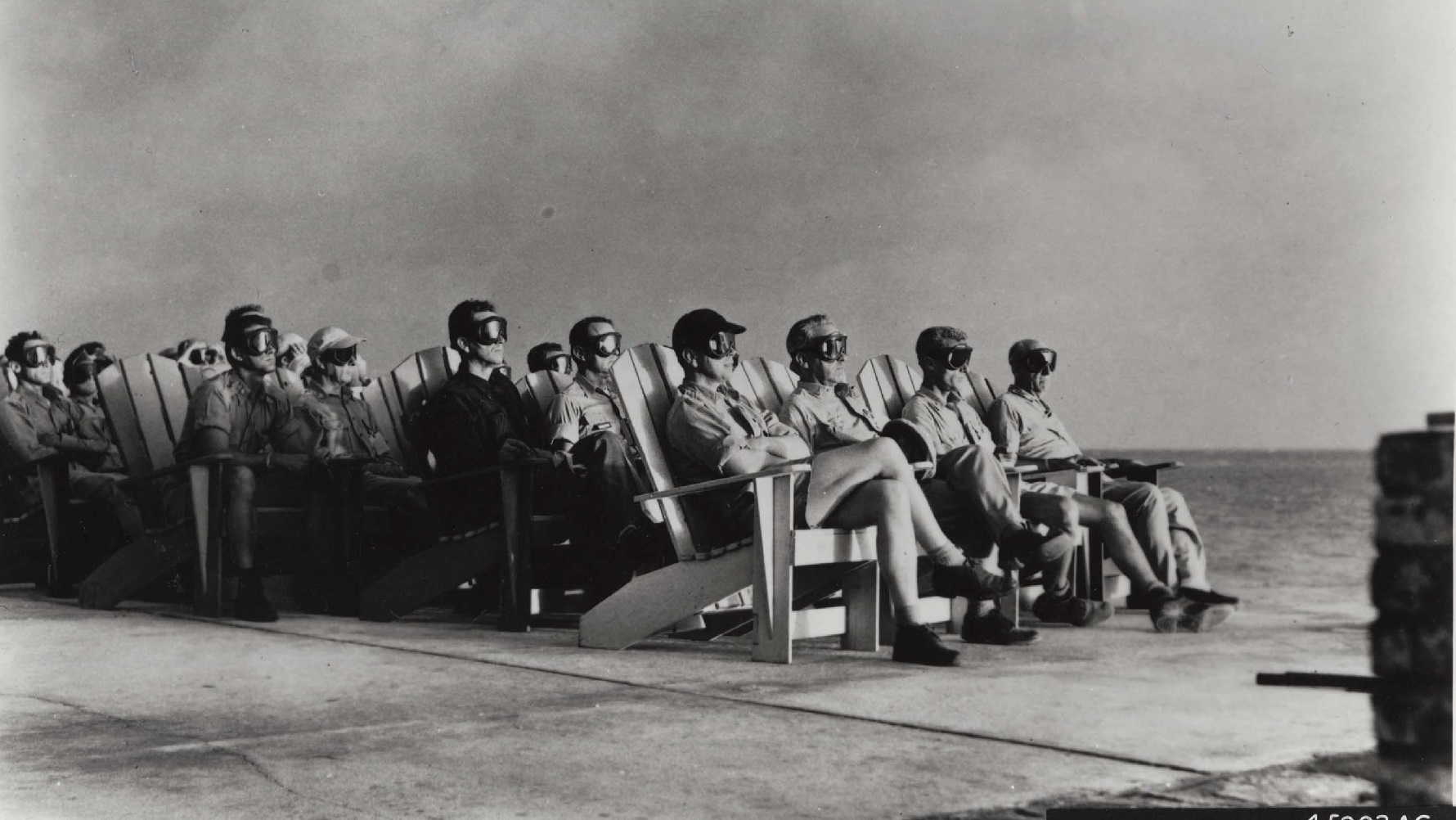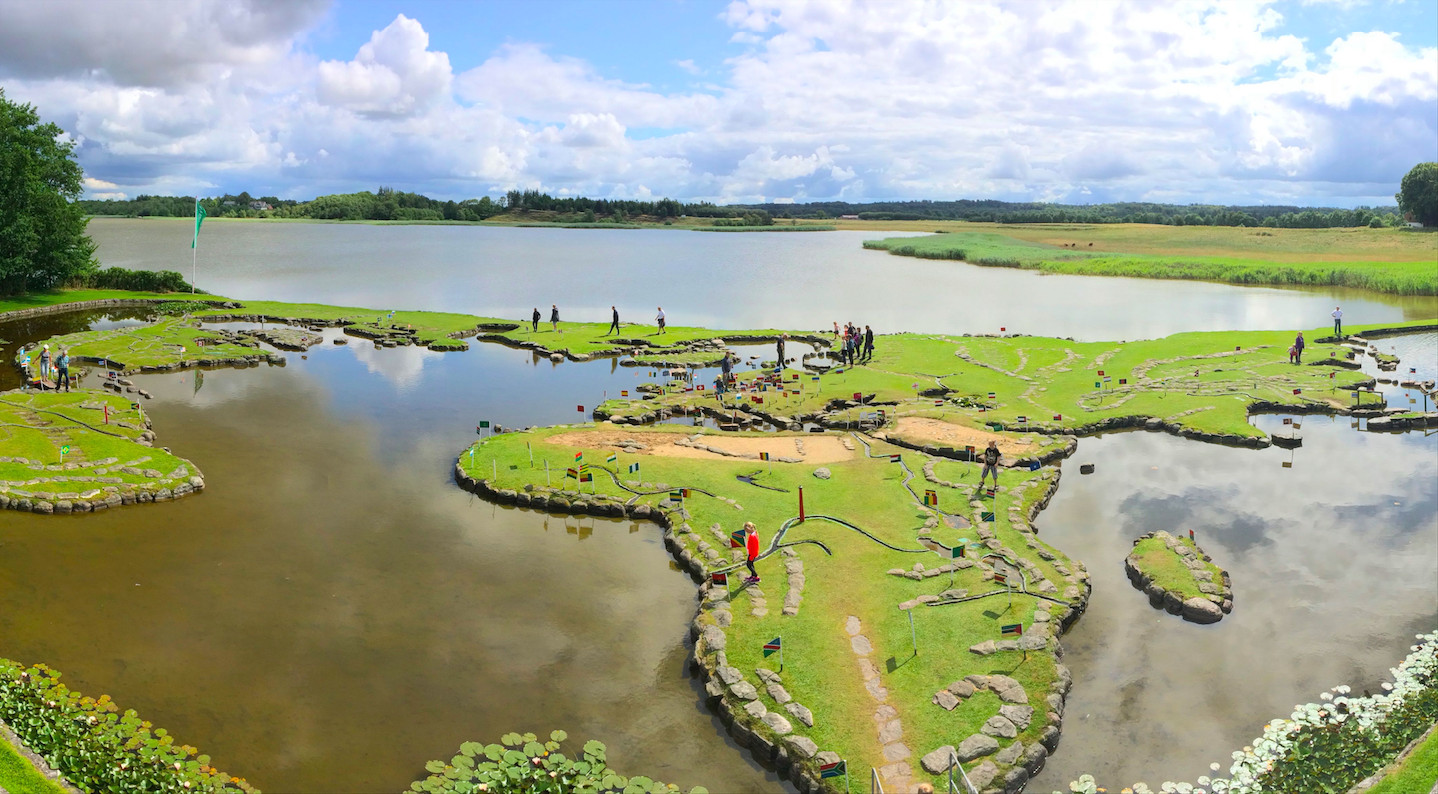All Articles
Compared to a human lifetime, the Universe is ancient.But even a single year holds important changes. “We are not the same persons this year as last; nor are those we […]
You’d think divorce lawyers would be making a killing over something like this. Apparently not.
The freedom and opportunity that going away to college offers correlates with higher rates of depression and anxiety.
Professionals who value what they’re worth don’t do favors for business associates. You want a favor? Go to a party.
If you’re a new mom or dad, it’s a really good time to work for Netflix.
Apparently, there’s a lot more to be worried about than the environment.
Ever seen an episode of CSI? A bit of snot can reveal a lot.
The 70th anniversary of the dropping of atomic bombs on the Japanese cities of Hiroshima and Nagasaki will undoubtedly be accompanied by images of the “mushroom clouds” that rose over both cities. Terrible and sublime, these images burned themselves into the consciousness of “the greatest generation” and every generation since that’s lived with both the legacy of nuclear war and the reality of nuclear energy. A new exhibition at the Art Gallery of Ontario titled Camera Atomica looks deeply at the interrelated nature of photography and nuclear war and peace to come away with a fascinating glimpse of the calculatedly manufactured “atomic sublime” — the fascination with such terrible power at our command that simply won’t let us look away.
Technological advancements will eventually make scarcity a non-issue. But will the people driving these developments allow everyone to enjoy it?
One of UK’s biggest retailers shows us how zero waste to landfills is done.
Researchers believe there’s something wrong with the brain’s ability to clean out the crud as we age, which leads to a buildup of a protein that causes Alzheimer’s.
The next wave of retirees will be more tech-savvy than ever.
There are fair quarrels with the details of the Obama Administration plan to reduce greenhouse gas emissions from power plants. But beyond the details, the fact that such a major step is being taken in the first place is a hopeful sign that our leaders can lead with reason and wisdom, and not just follow public opinion and emotion, as we try to find a more sustainable path to the future.
Recent trends in the tech sector suggest the liberal arts degree is making a major comeback.
The rats, which are trained to sniff out TNT, are among the most efficient tools available to Cambodians trying to rid their country of over 4 million landmines left over from the Khmer Rouge.
A look at our galactic plane in the infrared reveals nebulae, explosions and new stars as never before. “That, then, is loveliness, we said,Children in wonder watching the stars,Is the […]
They only get stronger as time goes on. “Your problem is to bridge the gap which exists between where you are now and the goal you intend to reach.” –Earl […]
Travel around the world in half an hour, with time to spare for an ice cream.
A vaccine that did not exist a year ago has proven 100 percent effective at preventing people who are at extremely high risk of infection from contracting the Ebola virus.
There is no sense whatsoever that we are on the same page here, working toward some roughly agreed upon vision of a better future.
The internet now plays such a large role in daily life that it’s difficult to imagine many people getting by without it.
The separation between our reality and the reality of the rest of animal life — the “man given dominion” nonsense — is a façade that’s slowly eroding.
“When I think of art, I think of beauty. Beauty is the mystery of life,” minimalist artist Agnes Martin once explained. “It is not in the eye; it is in my mind. In our minds there is awareness of perfection.” In the first comprehensive survey of her art at the Tate Modern, in London, England, the exhibition Agnes Martin strives to guide viewers to that “awareness of perfection” Martin strove to embody in her minimalist, geometrically founded art. Rather than the cold, person-less brand of modernist minimalism, Martin’s work personifies the warm humanity of Buddhist editing down to essentials. At the same time, surveying Martin’s art and thinking allows us to revisit the feminist critiques of minimalism and shows how Martin’s stepping back from the bustle of the New York art scene freed her to find “a beautiful mind” — not just for women, but for everyone.
And are there independent ways to check? “Youth is the gift of nature, but age is a work of art.” –Stanislaw Jerzy Lec Each week at Starts With A Bang, […]
Adolescent friendships are often fleeting, but what causes some teens to drift apart?
Facebook has released information on the first full-scale drones designed to deliver Internet services to underserved populations across the globe that lack developed infrastructure.
People adopt a “protective” gait when they’re distracted.
Our unique capacities were created by a major transition in evolution, which built a need for teamwork and inclusive economics deep into our nature. But many economists — quite unnaturally — exclude its logic from their ideas.
If you’re one of the 85,000 readers who took the three-question quiz I posted last week, chances are you answered some items incorrectly. Like some of my smart, accomplished friends and family […]

























